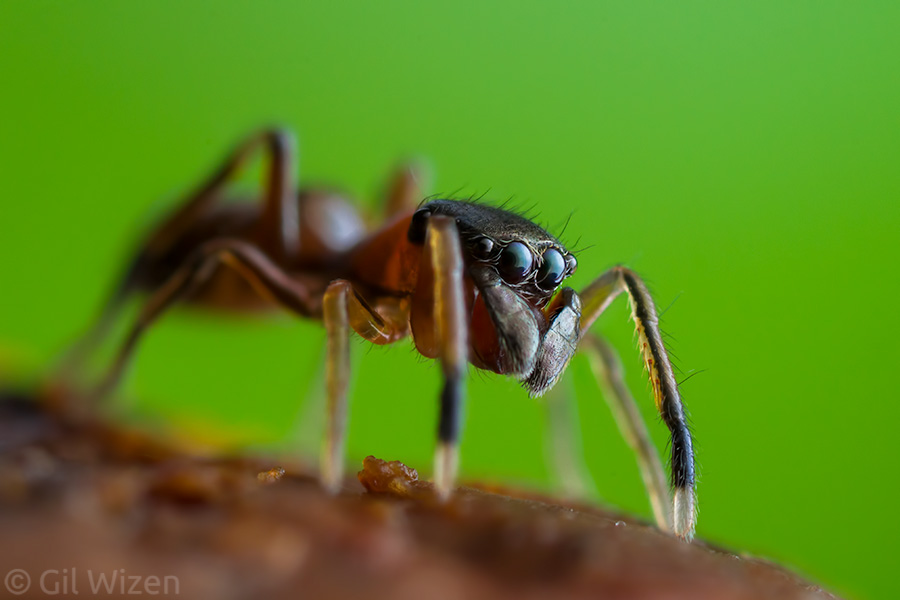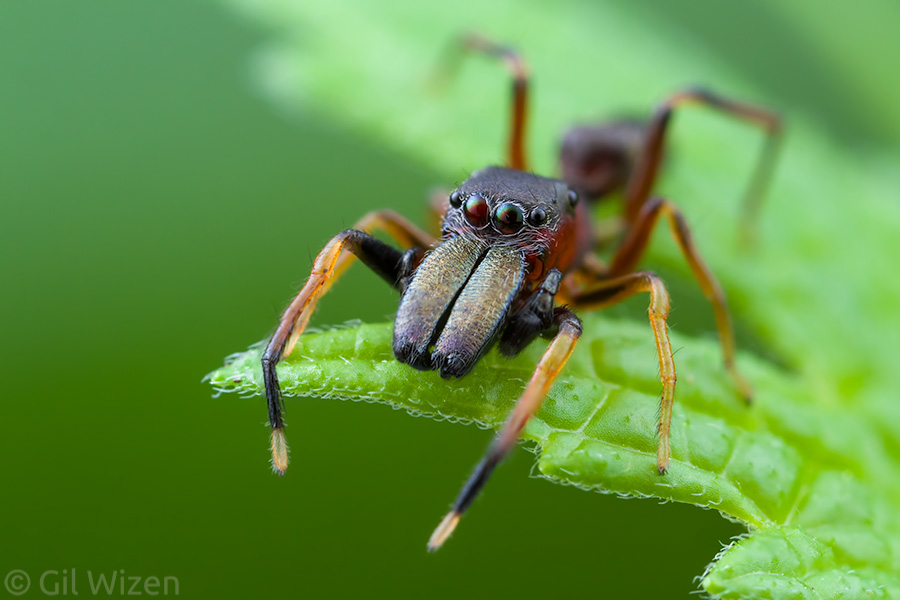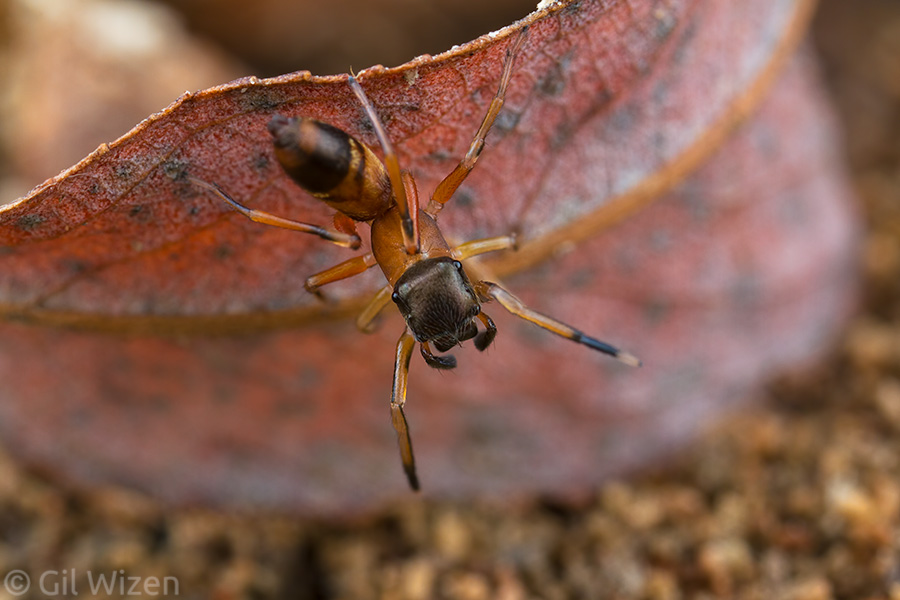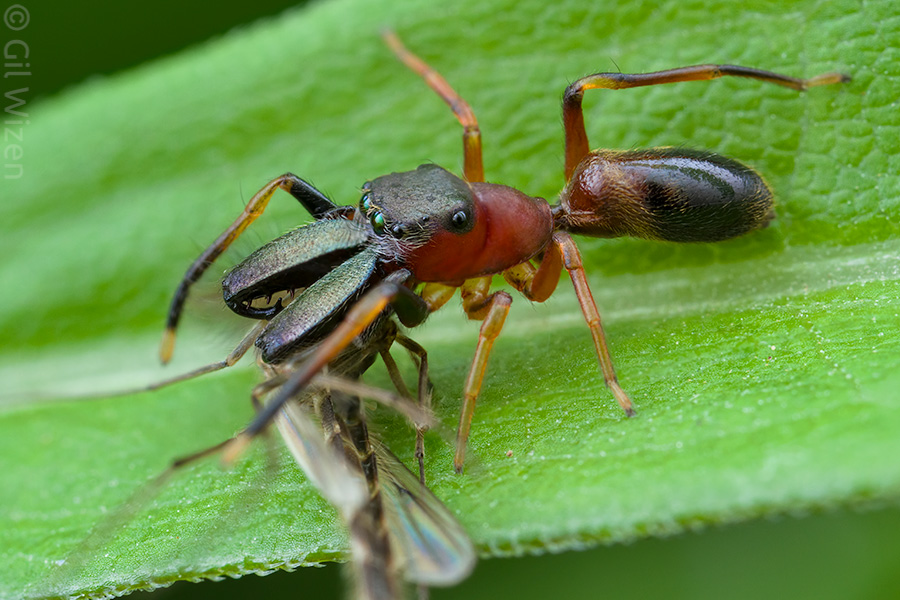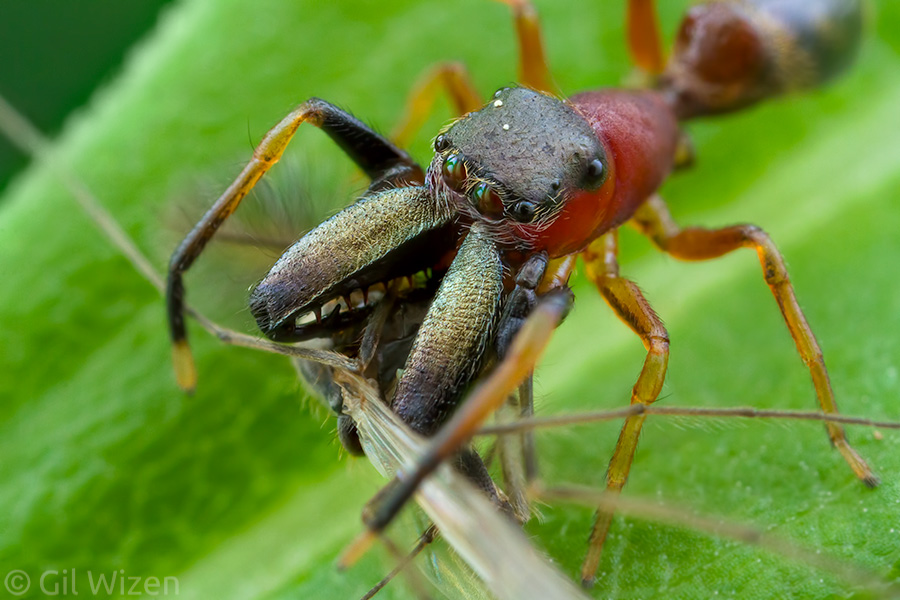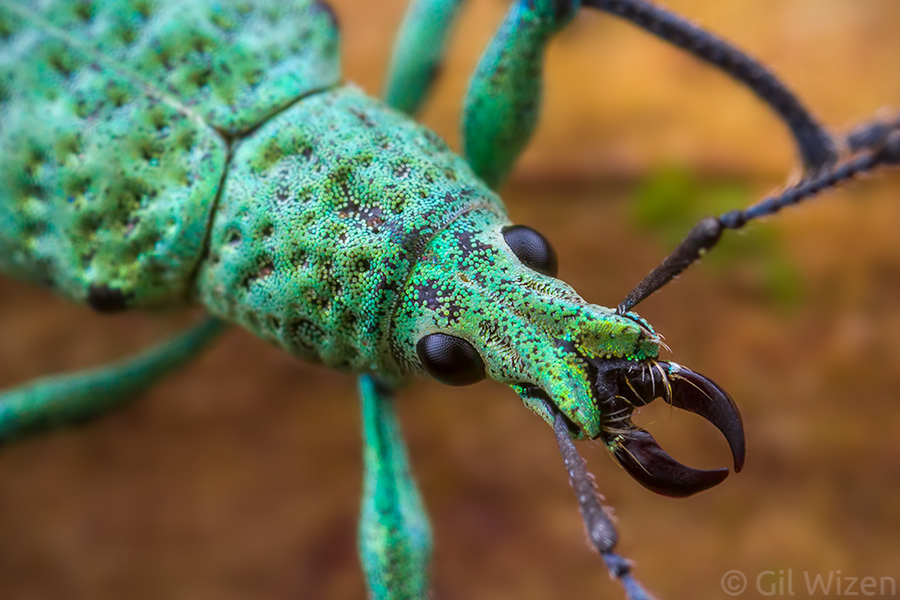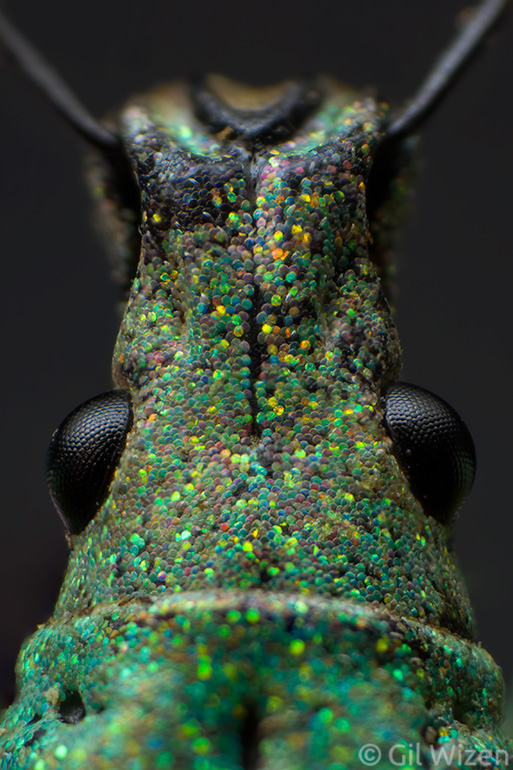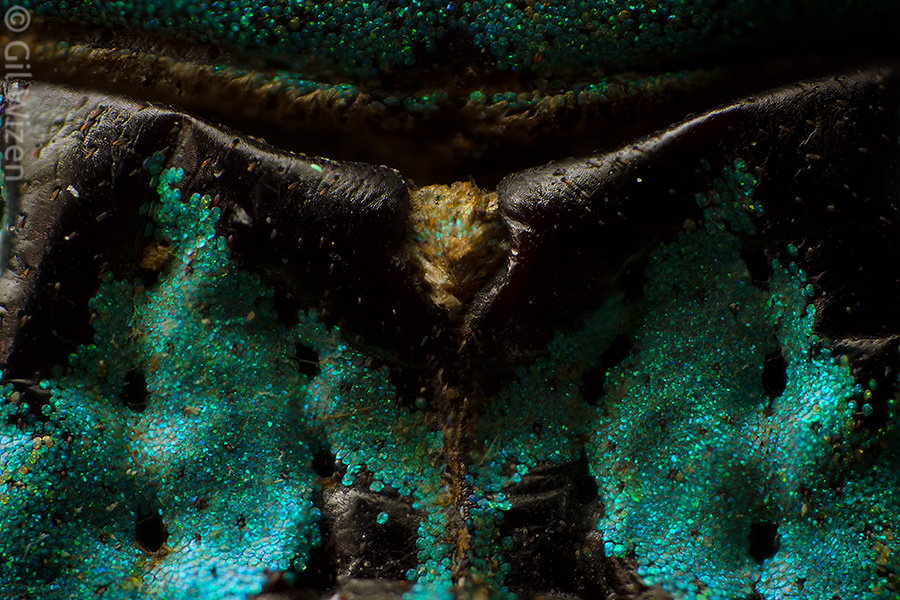In the past month I have been involved in some pretty interesting conversations surrounding public perception of stinging and biting insects. This is in large part due to a talk I was preparing about medically significant arthropods (more on that in the next post). Some of the civilized discussions ended in surprising way for me, with a few people unfriending or unfollowing me on social media just because they could not understand my point. I am going to try and address the issues I opened by using excerpts from those discussions. I feel like this is going to end up being a ranty post, but I must do it. Feel free to chime in with your thoughts in the comment section – they are most welcome.

Examining a queen European hornet (Vespa crabro) found overwintering under a log.
To put it simply, there are two topics I want to open:
1. “Aggressive” arthropods
The first discussion evolved after I shared a conversation I had with a twitter user about a photo of a wasp.
The guy immediately took the stance of “all wasps are aggressive”, and continued to give examples from his own experience of wasps nesting close to his window. I do not want to get into too many details (you can see that conversation in the screen grab), I will just mention that a) the photo showed a male wasp that is incapable of stinging, and b) the nesting wasps do not know they are using this guy’s window. They do not even know what a window is!!!
 There seems to be some confusion surrounding the term “aggressive” when describing arthropods, and animals in general. Hippopotamuses are aggressive. Some bears are aggressive. Crows can be aggressive if you injure one of their members. I think you get my point. With arthropods, I am not sure I have a clear cut example of aggressiveness. Maybe “aggressive” is not the right word. Don’t get me wrong, venomous stinging animals are still somewhat dangerous and occasionally do land people in the hospital after being stung. But I ask you, when you call them aggressive, what do you mean exactly? Aggressive to who? Anyone within the range of a nest or just anyone? Do they chase and attack people without provocation? Who took the first step? Sometimes being too close to wasps triggers their defense behavior. But then again, you really have to rub it in their face and disturb them for this alarm response to occur.
There seems to be some confusion surrounding the term “aggressive” when describing arthropods, and animals in general. Hippopotamuses are aggressive. Some bears are aggressive. Crows can be aggressive if you injure one of their members. I think you get my point. With arthropods, I am not sure I have a clear cut example of aggressiveness. Maybe “aggressive” is not the right word. Don’t get me wrong, venomous stinging animals are still somewhat dangerous and occasionally do land people in the hospital after being stung. But I ask you, when you call them aggressive, what do you mean exactly? Aggressive to who? Anyone within the range of a nest or just anyone? Do they chase and attack people without provocation? Who took the first step? Sometimes being too close to wasps triggers their defense behavior. But then again, you really have to rub it in their face and disturb them for this alarm response to occur.

Yellowjackets (Vespula germanica) feeding on a fallen pear
For example, I was very close when I took this photo of the yellowjackets. The wasps were active all around me, and NOTHING happened. These wasps were very nice to me. Seriously, I do not understand why they have such a bad reputation. Don’t start nothing, won’t be nothing. I am not saying anyone else should try to do the same. That would be foolish, especially if you are not familiar with wasp behavior. But I would not call them aggressive. I see wasps and other stinging arthropods as “defensive”. I think the difference between aggression and defense is the presence of provocation. If an animal attacks without provocation, I would classify it as aggression. What is debatable is the definition of provocation. Clearly the meaning of it to us is different from that perceived by social insects. Do not forget that in their world chemical communication takes a substantial part. If the wind blows in their direction, carrying over our scent to the nest, that would be considered a provocation and will trigger a defensive behavior. Things are different if you accidentally hit a wasp nest. Then they will “aggressively” defend their nest.

For many people the sight of a hornet nest in their backyard is terrifying. But in reality these wasps are only interested in making it through the summer months.
Of course, no one can tell what goes on in a wasp’s mind. They cannot read our minds either. They do not know our intentions just as much as we do not know theirs. There has to be some sort of mutual respect if you want this to end peacefully. Unfortunately, that is something that a lot of people do not have towards nature today. People just see ‘wasp’ and go batshit crazy.
I agree that in some areas where they are invasive, wasps are a problem, particularly in islands. They forage on native fauna, spreading fast and wrecking havoc in their path. But is it aggressiveness? Or is it evidence that they are just very good at what they are supposed to do? It is just foraging and nothing more. Because they thrive in areas with no natural enemies, their food hunts may seem like the wasps are out of control, but they are really just doing their thing to survive and reproduce. Still, they need to be eradicated from these habitats, no doubt.
Going back to the meaning of the word “aggressive”, it shows how difficult it is to communicate without having a clear definition of the word. This is more a discussion about semantics than anything else. Now, I am guilty for being stuck in my own bubble with no idea how things are perceived by others. Each person has their own definition of what being aggressive is, and this is in part related to their personal experience as a human. As noted by a friend of mine, this is largely due to the unprovoked aggressiveness we know from human troublemakers and the unnecessarily violent overreaction that happens when someone thinks they took enough beating and lashes back out. I think the first step is to differentiate the use of the term “aggressive” for describing human behavior and animal behavior. Here is why I stopped using the term frequently when discussing animals:
It crates a negative outlook on nature.
We tend to bring our human-centric approach to nature. “Those animals are trying to hurt me”. “They built a nest on my property”. I understand that it is frustrating to discover a potentially injurious animal in one’s living space, if this had happened to me I would want them removed too. But we must learn to put ourselves out of the picture. Those animals are not there because of us. They are there because the harsh competition in nature is forcing them to do what they can to survive. It just so happens that our living space feels safe for them too, but can you blame them?
2. “Purpose” in the natural world
Perhaps one of the questions I get asked the most, even more often than which camera equipment I use, is what is the purpose of –insert pest species here-:
What is the purpose of flies?
What are mosquitoes good for?
What is the purpose of wasps in nature?
I think these questions stem from a very common human behavior. From an early age we have this innate, almost inexplicable urge to ask “why?” about everything. We are curious to break down how things work around us, and if the world is constructed from tiny pieces, then every piece must have its own purpose assigned to it.
The real question here is who assigns these purposes. Is it man? That would be a very anthropocentric view of life. Conversely, if you believe a purpose is assigned from above by an all-powerful being such as god, then you should not be asking an entomologist these questions. You should ask god. (go and do that right now. It’s OK, we’ll wait. Are you back? Good. Let’s continue) In contrast, if we look at the natural world from an evolutionary perspective, then yes, all the pieces have their rightful place in the big puzzle, otherwise they would not exist.
This is why I believe the questions mentioned above are phrased horribly. Using the word “purpose” suggests that there must also be a benefit to us, humans, to justify the existence of something. That is the wrong way to look at the world. This search for purposes, for meaning in everything, is a characteristic of human nature. Well, what is the purpose of humans then? Why are we here? This is not an easy question to answer when you start thinking about it seriously. Because one person may think humans are on this planet for one purpose, while another person will think of a different purpose for our existence. But let’s not get too philosophical and go back to arthropods and other pests.
What is the purpose of flies/mosquitoes/wasps/ticks/leeches?
To survive.
A better way to look at this would be to ask what role those animals play in nature. To this question there is a concrete answer, because every species has its natural history. The pest insects mentioned above break down organic matter, pollinate, and regulate the populations of other arthropods. I want to take this opportunity to give an example for such an inquiry gone totally wrong, and use it to forward the discussion and paint the bigger picture.
Last week I shared a photo of an African tick, Dermacentor rhinocerinus. The only reason I posted it was because I thought it was beautiful, and I wanted to show that it is possible to appreciate such an animal even though I would not want it to suck my blood.
To be honest, I already got used to getting hate comments and I expected some negative responses to arrive. And arrive they did.
Let’s analyze this conversation together.
 In this first part of the conversation, a person leaves a comments that ticks are never beautiful, and that their existence has no justification. This a subjective statement, so I reply in the same manner. Then they go on by saying that ticks serve no purpose in the ecosystem, and that nature would be better off without them. This kind of comments makes me cringe. If an organism exists right now as we speak, it means two things: it has a well-based role in nature, and it is extremely good at what it does.
In this first part of the conversation, a person leaves a comments that ticks are never beautiful, and that their existence has no justification. This a subjective statement, so I reply in the same manner. Then they go on by saying that ticks serve no purpose in the ecosystem, and that nature would be better off without them. This kind of comments makes me cringe. If an organism exists right now as we speak, it means two things: it has a well-based role in nature, and it is extremely good at what it does.
 I am copying my reply because I think it is worth reading:
I am copying my reply because I think it is worth reading:
The only thing that ticks do in nature, just like any other animal, is survive. That is the one job they have – to continue the existence of their species. They do so by feeding on blood of other animals. And by doing that (their “role”, if you wish), they dilute and remove the weak individuals from the mammalian population. Now, what is important to understand here, is that ticks do not exist to spread diseases. They are blood feeders. The disease pathogens come from mammals and birds. Ticks have no mutualistic relationships with the bacteria, viruses, and protozoans that they vector. Spreading diseases is more of an artifact of their feeding habits. You want a world without ticks? Fine, but just like you said ecosystems would adapt to their absence, those disease pathogens will continue to thrive in their mammalian hosts, and nature will find a way to get those diseases back into humans.
I’m going to take a risk by saying a world completely free of diseases is a world without life.
The next part is really interesting. After explaining that ticks belong in the natural world no less than other animals (as well as humans), the person who started the conversation goes back to their original stance. Suddenly they remember that they already know and understand everything that has been discussed so far, but they insist that ticks cannot be referred to as beautiful. It is blasphemy. What I find amazing is that this person accused me of having a naïve perspective of biology because I thought a tick was beautiful. This is coming from a person who spent much of his time breeding killifishes, a hobby fish that is praised and prized for its beauty. Oh, the irony.
Conclusion
What these two topics have in common is showing that people tend to bring a lot of their emotions into the conversation when they talk about arthropods they hate. I understand that you do not like insects and arachnids. I also understand that you feel like they are chasing you. However, please trust me when I say there is absolutely no stinging arthropod that is out to get you. They use their stinger for defense only. If you do feel like something is coming after you, please consult a physician or a psychiatrist – you might suffer from delusional parasitosis, entomophobia, or arachnophibia (all totally normal, and treatable by the way!). Also please be aware that there are people out there who find these creatures fascinating and beautiful, even pest insects like mosquitoes. If they can do it, maybe these bugs are not so bad after all? Give them a chance. You may find that the fear and hate you experience are only a manifestation of not knowing enough about these animals. And at the very least, be respectful and compassionate to other people, even if they hold a different opinion than yours.
At the end of the day, your personal opinion means nothing to nature. Nature will continue to function regardless of what you feel. You know what does mean a lot to nature? Your actions.



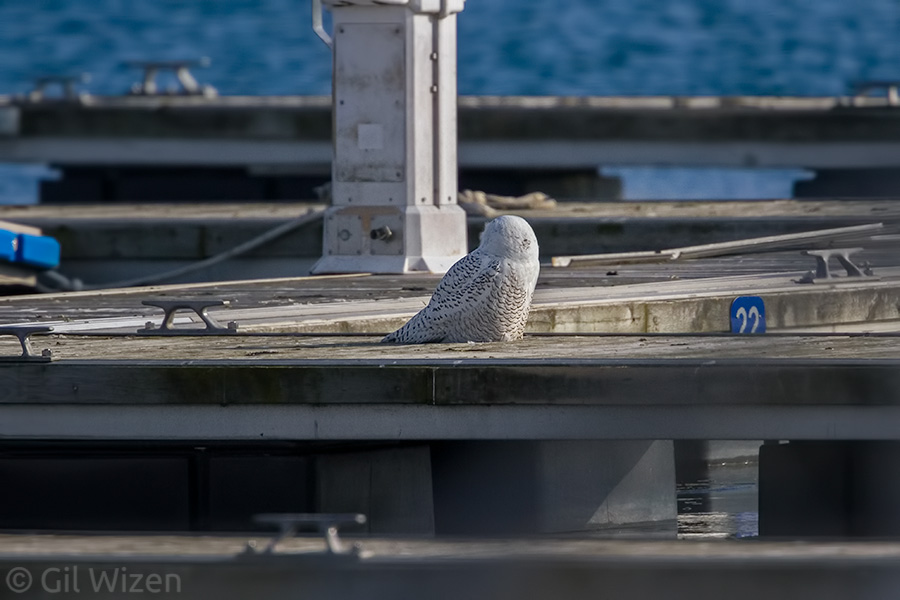






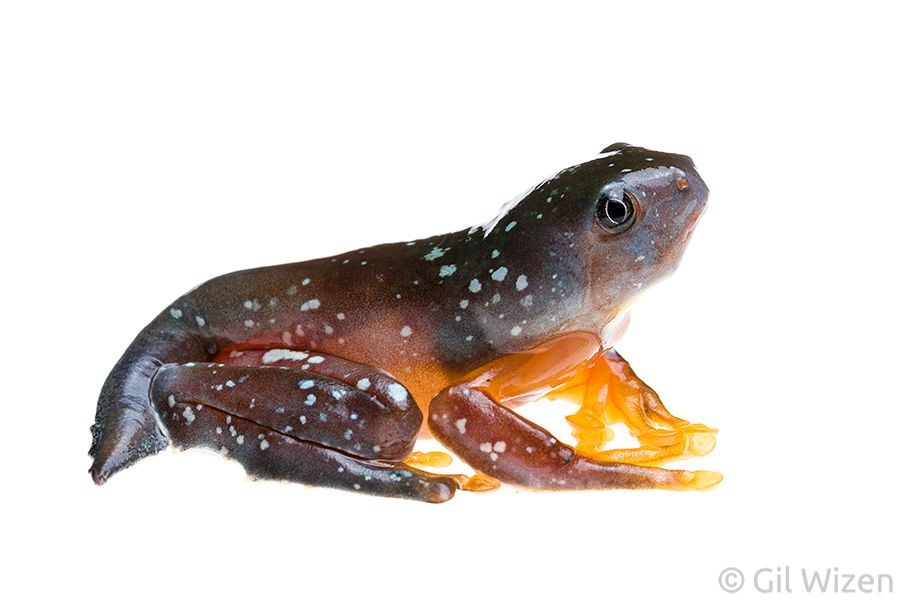

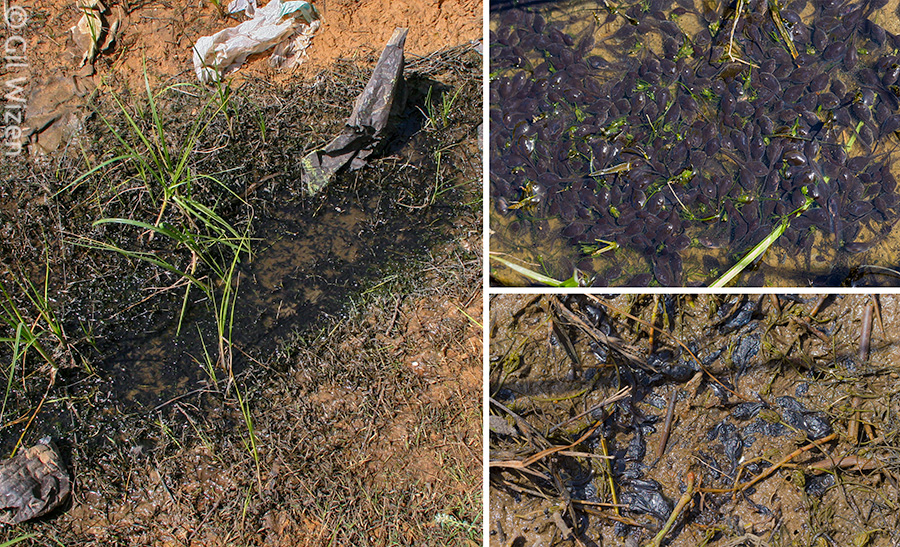


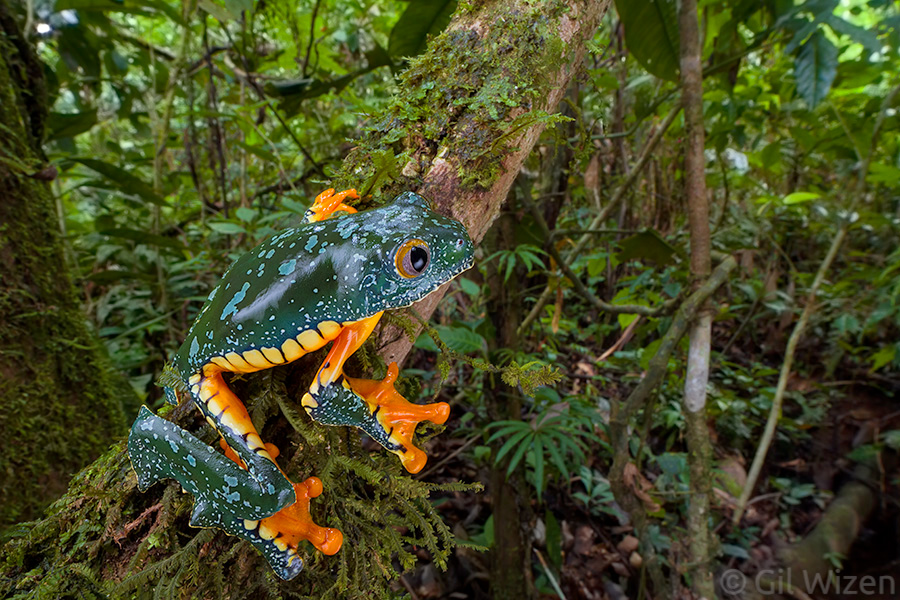
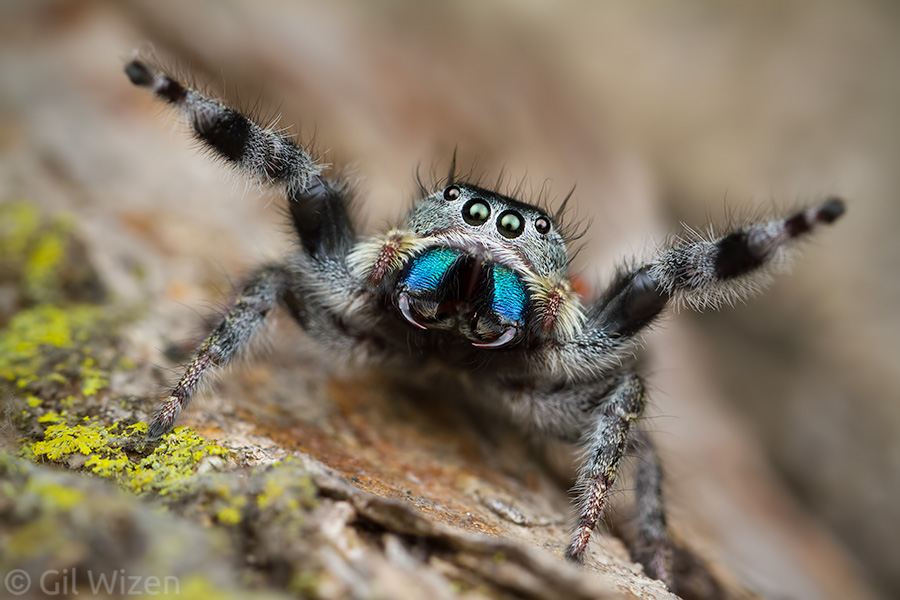
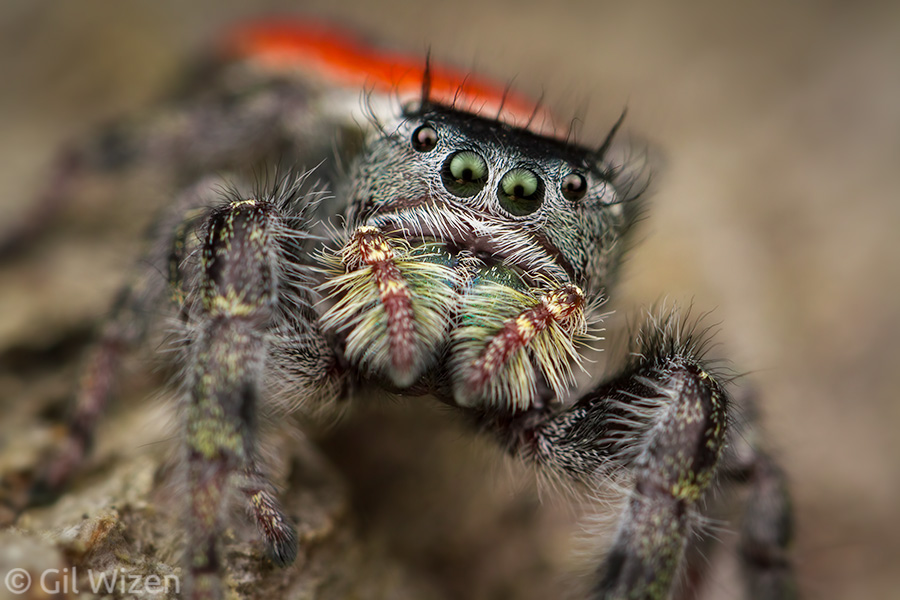


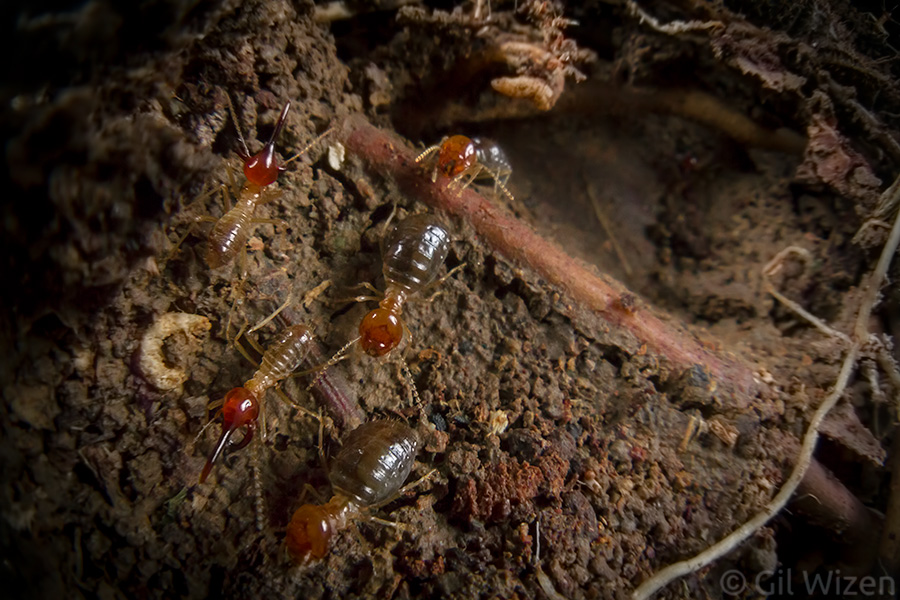

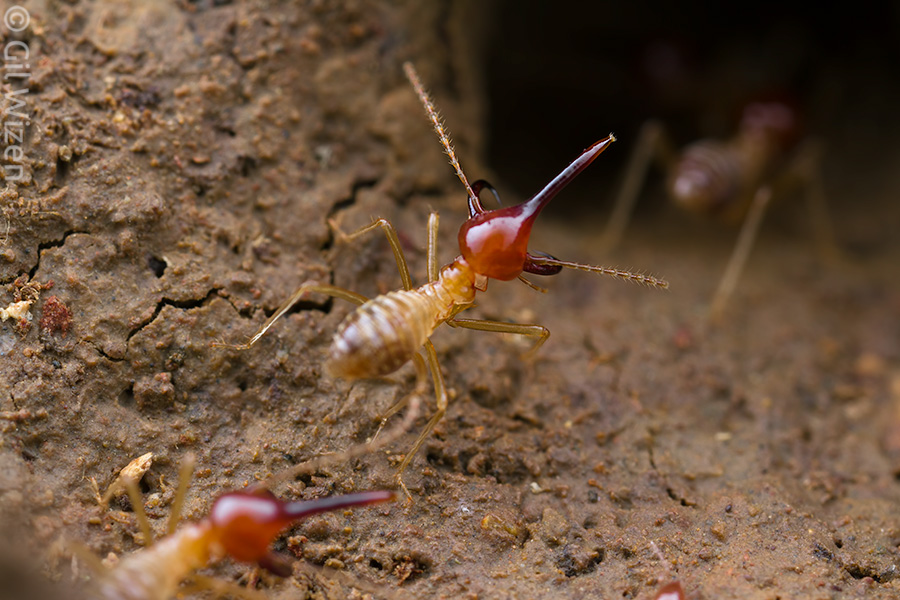


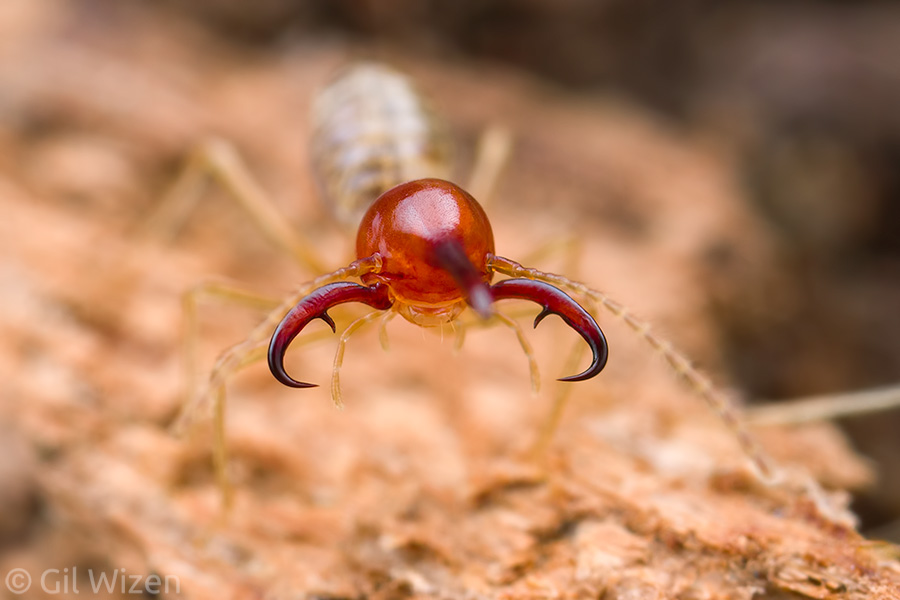








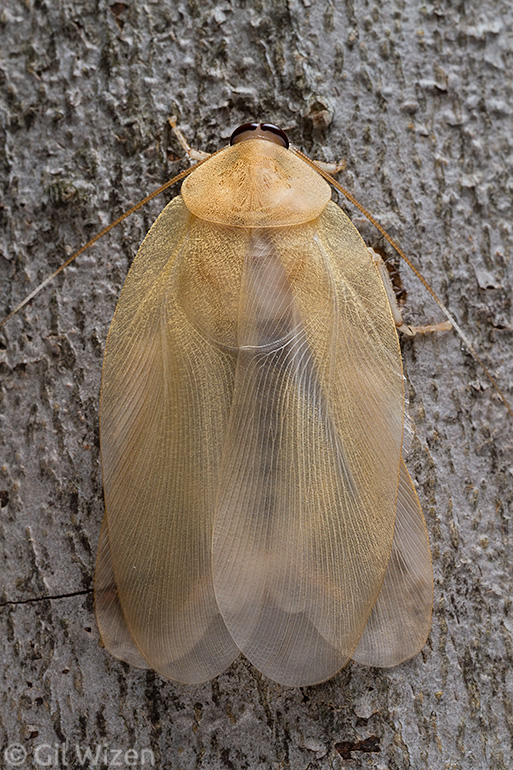

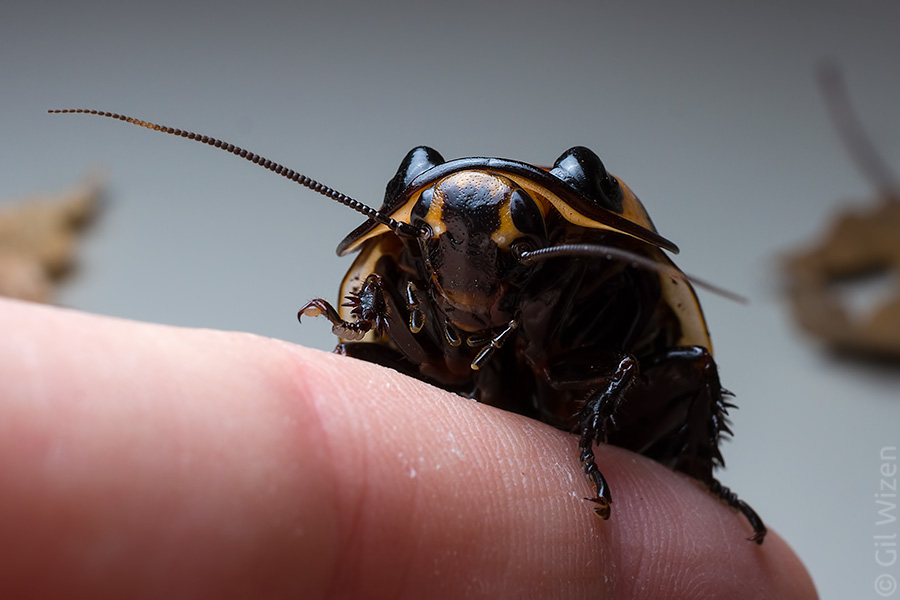
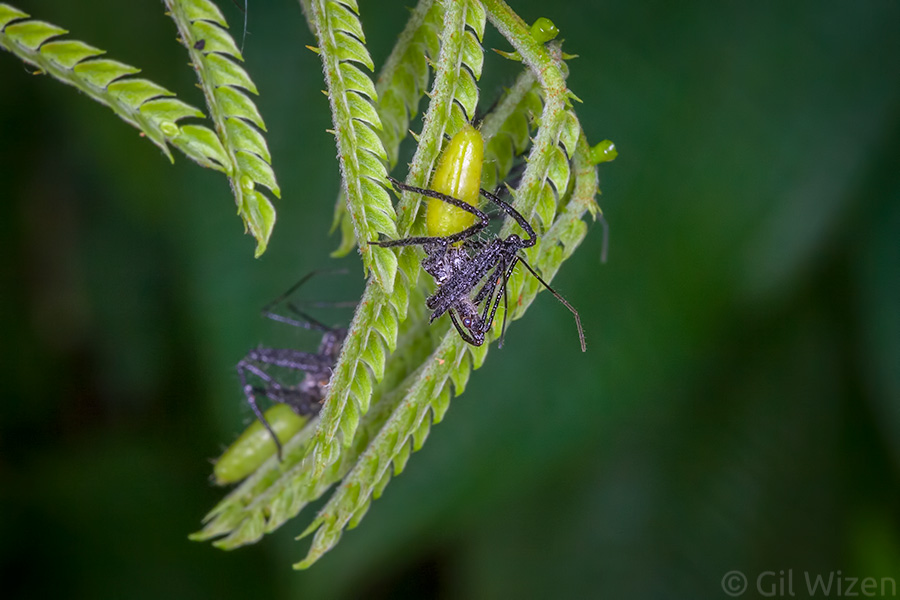
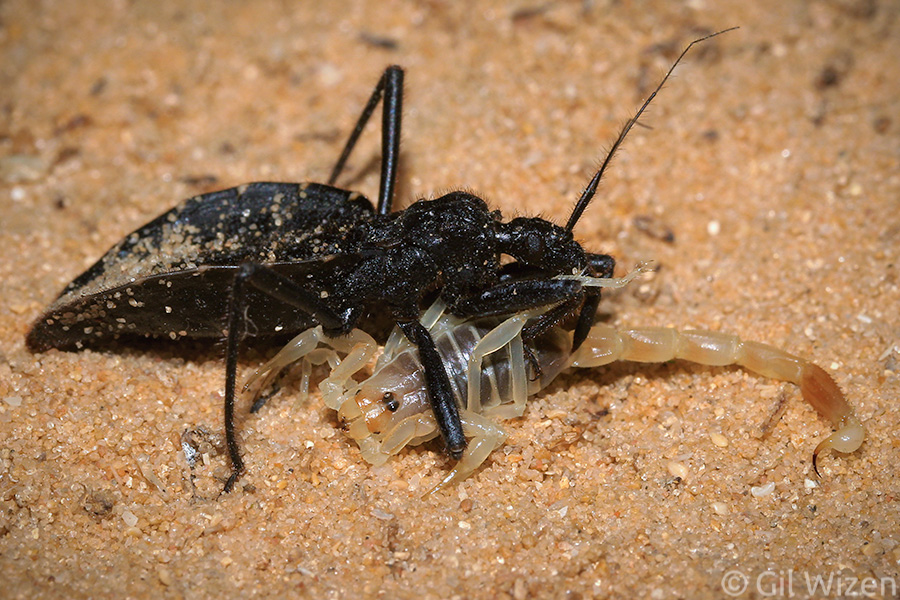


 There seems to be some confusion surrounding the term “aggressive” when describing arthropods, and animals in general. Hippopotamuses are aggressive. Some bears are aggressive. Crows can be aggressive if you injure one of their members. I think you get my point. With arthropods, I am not sure I have a clear cut example of aggressiveness. Maybe “aggressive” is not the right word. Don’t get me wrong, venomous stinging animals are still somewhat dangerous and occasionally do land people in the hospital after being stung. But I ask you, when you call them aggressive, what do you mean exactly? Aggressive to who? Anyone within the range of a nest or just anyone? Do they chase and attack people without provocation? Who took the first step? Sometimes being too close to wasps triggers their defense behavior. But then again, you really have to rub it in their face and disturb them for this alarm response to occur.
There seems to be some confusion surrounding the term “aggressive” when describing arthropods, and animals in general. Hippopotamuses are aggressive. Some bears are aggressive. Crows can be aggressive if you injure one of their members. I think you get my point. With arthropods, I am not sure I have a clear cut example of aggressiveness. Maybe “aggressive” is not the right word. Don’t get me wrong, venomous stinging animals are still somewhat dangerous and occasionally do land people in the hospital after being stung. But I ask you, when you call them aggressive, what do you mean exactly? Aggressive to who? Anyone within the range of a nest or just anyone? Do they chase and attack people without provocation? Who took the first step? Sometimes being too close to wasps triggers their defense behavior. But then again, you really have to rub it in their face and disturb them for this alarm response to occur.

 In this first part of the conversation, a person leaves a comments that ticks are never beautiful, and that their existence has no justification. This a subjective statement, so I reply in the same manner. Then they go on by saying that ticks serve no purpose in the ecosystem, and that nature would be better off without them. This kind of comments makes me cringe. If an organism exists right now as we speak, it means two things: it has a well-based role in nature, and it is extremely good at what it does.
In this first part of the conversation, a person leaves a comments that ticks are never beautiful, and that their existence has no justification. This a subjective statement, so I reply in the same manner. Then they go on by saying that ticks serve no purpose in the ecosystem, and that nature would be better off without them. This kind of comments makes me cringe. If an organism exists right now as we speak, it means two things: it has a well-based role in nature, and it is extremely good at what it does. I am copying my reply because I think it is worth reading:
I am copying my reply because I think it is worth reading:

